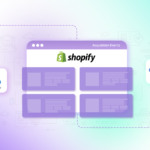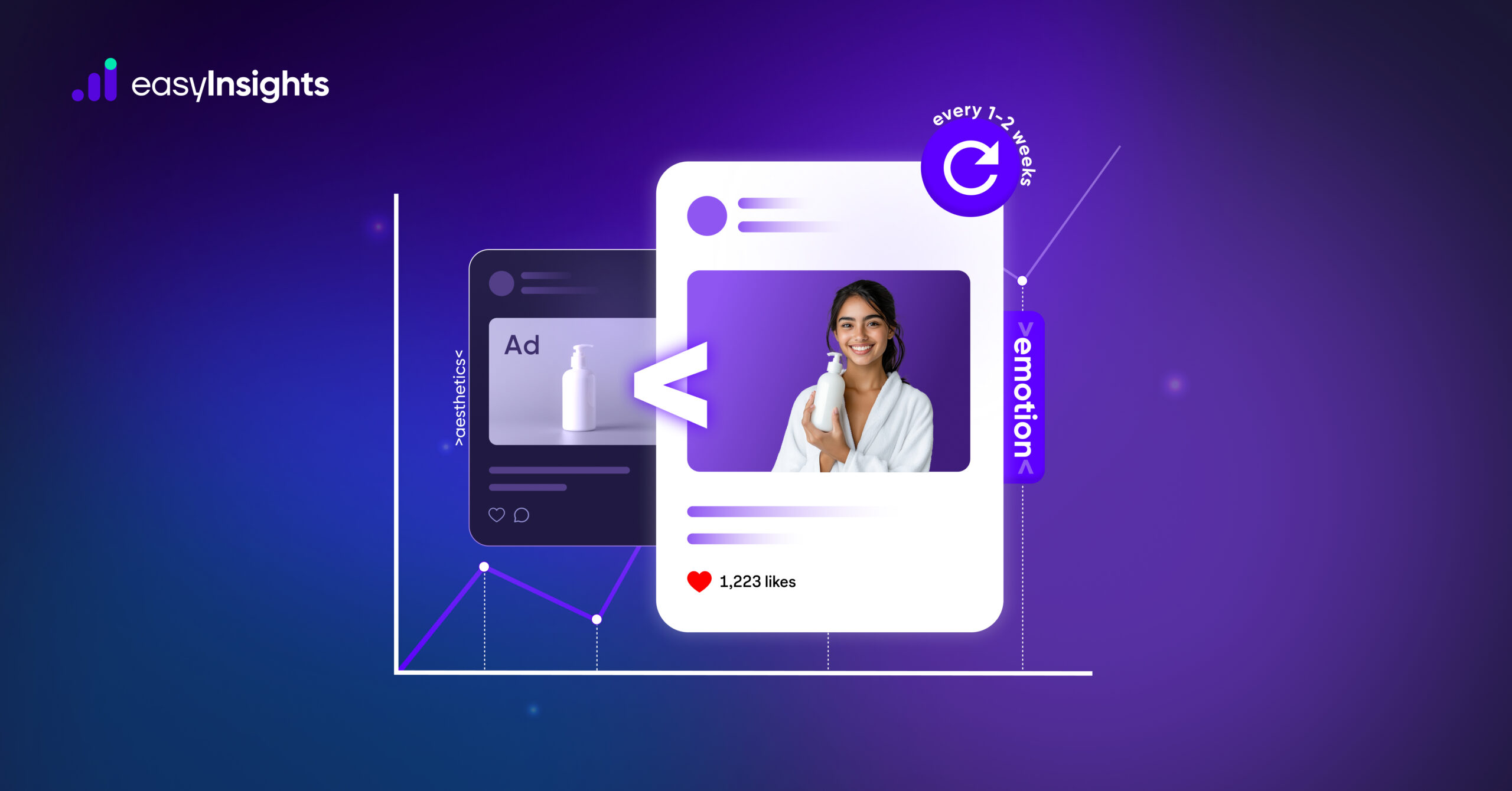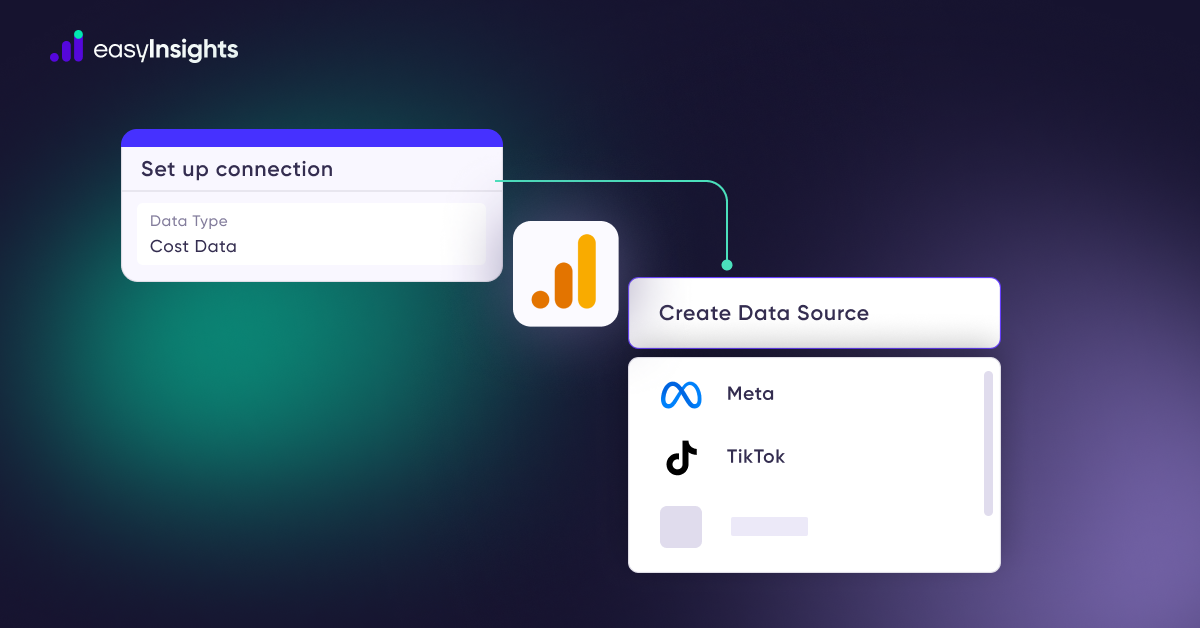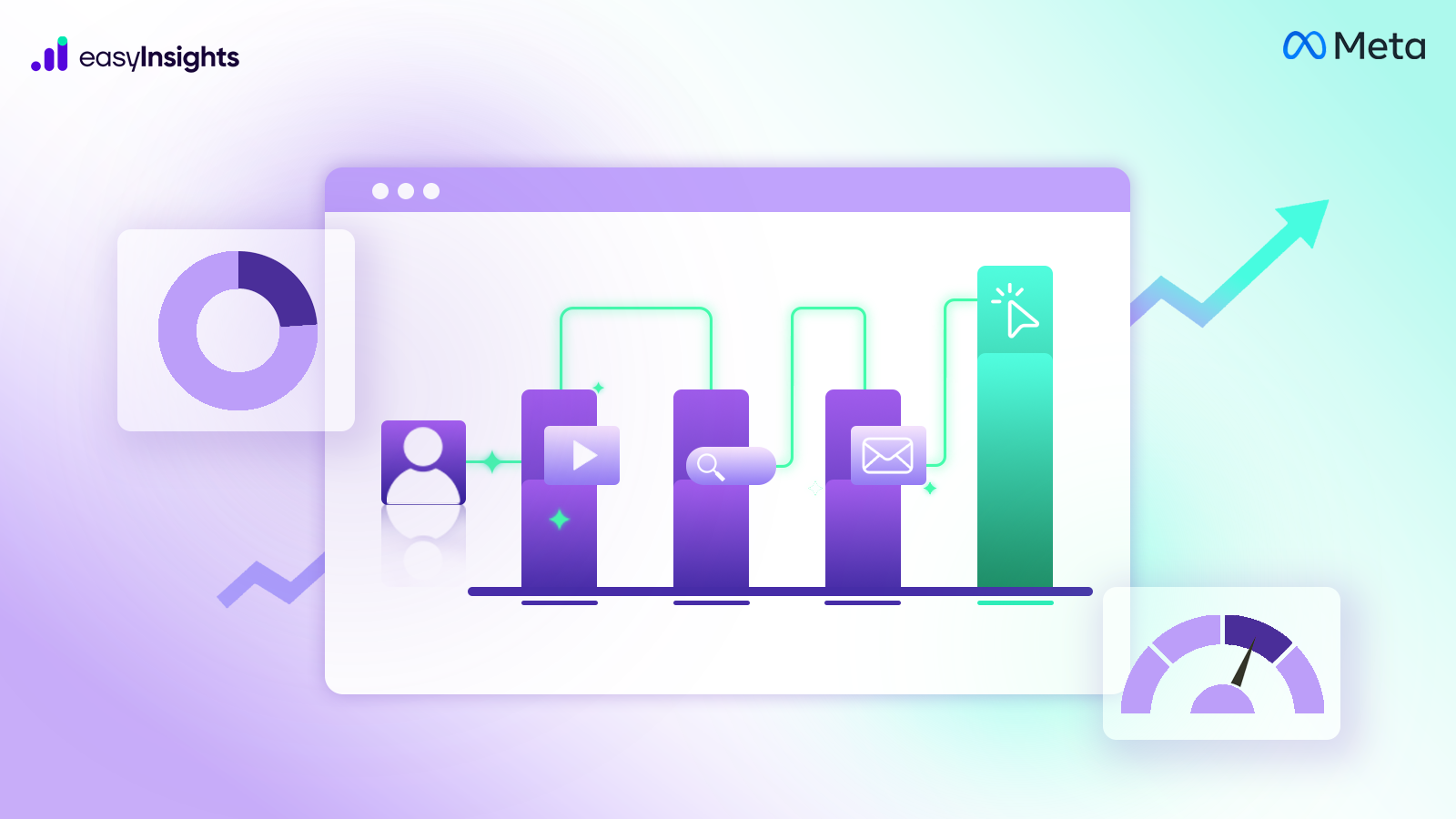
In the fast-changing world of digital advertising, it’s really important to know how much your ads are actually helping your business. Meta’s new feature, called Incremental Attribution, helps you see which sales or actions really happened because of your ads – not just by chance. This gives marketers a clearer picture of what’s working, especially if you’re trying to get the most out of your ad budget and make sure your ads are truly bringing in profit.
Meta launched a new feature called Incremental Attribution, and if you’re serious about ROAS, POAS, or just understanding your true marketing impact, this is something to pay attention to.
If you have ever looked at your ROAS and wondered, “How many of these conversions would have happened anyway?”, you are not alone.
That is the core challenge Incremental Attribution aims to solve, and Meta is now automating it.
Jump ahead to:
What is Incremental Attribution?
Incremental Attribution is a new approach that helps performance marketers identify the true impact of their ads by isolating incremental conversions – purchases or actions that would not have occurred without the exposure to your ad.
This is a massive shift from traditional attribution models, which simply measure what happens after an ad exposure. Incremental Attribution measures the incremental lift, the “what would have happened if the ad was never shown” part of the equation.
This may sound technical, but it’s essentially about calculating the true effectiveness of your media spend, offering insights into budget optimization, campaign strategy, and cross-channel attribution.

How to Setup Incremental Attribution in Ads Manager
By following these simple steps you can enable you Incremental Attribution
- Campaign setup: Start by selecting a campaign objective like Conversions, Product Catalog Sales, Leads or Sales.
- Open More Settings: In Ads Manager, go to the campaign setup and click on “Show more options” under the performance goal section.
- Choose Incremental Attribution: Select the Incremental Attribution option, and Meta’s AI-powered model will take care of the rest.
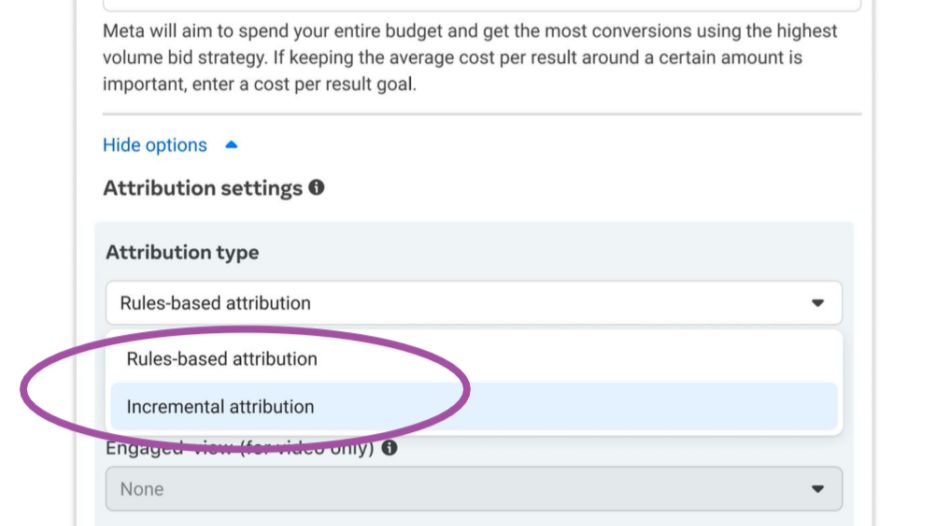
How Does Meta’s Incremental Attribution Work?
Meta uses a lift-based methodology that involves Holdout Testing. Here’s how it works:
- Holdout Testing: A portion of your target audience is excluded from seeing your ad. This is your “Holdout Group.”
- The rest of the audience (your “Control Group”) continues to receive ads as usual.
- Meta then compares the conversion behavior between the two groups – those exposed to the ads and those who were not. This helps Meta calculate the incremental lift driven by your ad.
Mechanics Behind Holdout Testing
Meta employs two primary statistical techniques to analyze the holdout test results:
- Pre-Post Analysis (Difference-in-Differences): This technique compares the changes in conversion behavior before and after the test period. By analyzing both the test and control groups, Meta can account for external factors influencing both audiences, isolating the true impact of the ads.
- Baseline Estimation (Counterfactual Modeling): Meta builds a model to predict what your sales would have looked like without media exposure (the “baseline”). The actual sales, with ads, are then compared to this baseline, and the difference gives a more accurate view of your ad’s true impact.
What sets Meta’s Incremental Attribution apart from traditional lift or brand studies is that the results are anchored in your first-party transaction data, not just platform metrics. This means you get a more holistic view of how your ads impact not just media performance but your entire marketing ecosystem, including cross-channel and organic performance.
Why Does Incremental Attribution Matter?
- More Accurate ROAS and POAS Calculations: By isolating incremental lift, you’ll get a much clearer understanding of your true return on ad spend and profit on ad spend. This means fewer false positives and better decision-making.
- Better Budget Allocation: Understanding what’s truly driving conversions allows you to allocate your budget more effectively, putting more spend behind channels and campaigns that are genuinely moving the needle.
- Clearer Understanding of Causality: Instead of just correlating conversions with ad exposure, you’ll now have a clearer view of causality – what would have happened without the ad exposure.
- Simplified Access to Incrementality Testing: Incrementality testing used to be complex and manual. Meta’s automated approach makes this process accessible to all marketers, even those working with smaller campaigns or limited resources.
Limitations of Incremental Attribution
- Channel-based Attribution – Meta attribution model only measures the effectiveness of ads within its own platform, overlooking the influence of other marketing channels such as Google Ads, email campaigns, or other marketing channels. Although the data provides valuable insights, it doesn’t offer a comprehensive view of a brand’s overall marketing performance.
- Overattribution Risk There’s a risk that Meta might overstate its role in driving conversions. If marketers rely only on Meta’s model, they could end up spending more on Meta ads while neglecting other channels that are also performing well.
- Effect on Retargeting Ads – Retargeting ads usually target users who have already shown interest in a product. Since Meta’s incremental attribution focuses on conversions that wouldn’t have happened without the ad, it might show a smaller impact for retargeting ads. This could change how advertisers evaluate their retargeting strategies.
Also read – How to use Marketing Attribution and optimize your ROI
Enhance your Attribution with EasyInsights
While platforms like Meta only track how their own ads perform, EasyInsights takes a broader and more fair approach.
Unlike Meta, which gives credit for conversions only based on what happens on Facebook or Instagram, EasyInsights shows how all your marketing efforts work together – including Google Ads, emails, influencers, SEO, direct visits, and even offline sales. This gives you a clear, unbiased picture of what’s really driving results.
Key Features of EasyInsights –
- Cross-Channel Visibility: EasyInsights integrates data from all your marketing platforms to show how each touchpoint contributes to a conversion.
- Server-Side Tracking: Gather first-party data for more reliable and accurate attribution
- Unbiased Attribution Models: We don’t favor one platform over another. Our advanced attribution logic ensures that credit is assigned based on actual contribution, not just last-click we also provide first click based attribution.
- First-Party Data Focused: EasyInsights leverages your own first-party data making attribution more accurate, privacy-compliant, and tailored to your business.
Conclusion
Incremental Attribution marks a big step forward for advertisers who want to stop guessing and start truly measuring what drives growth. By cutting through the noise and isolating real impact, Meta is making it easier for brands to understand the value of their spend. But relying on any single platform’s lens comes with limitations.
The real competitive edge lies in combining platform-native innovations like Meta’s Incremental Attribution with a holistic, cross-channel view of performance. That’s where EasyInsights steps in-bridging the gaps, unifying the story across every channel, and giving you the confidence to scale with precision.
To learn how EasyInsights can help you, book a demo today!


